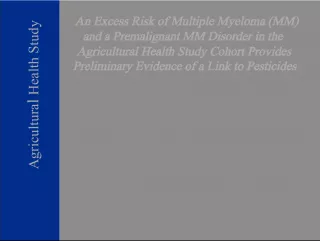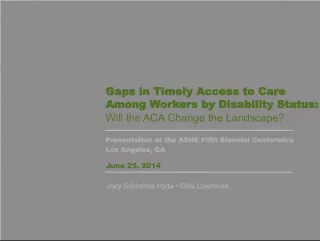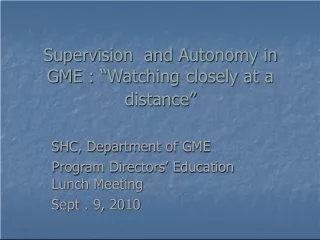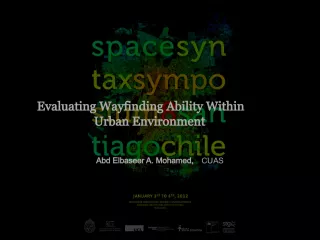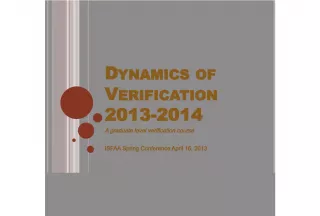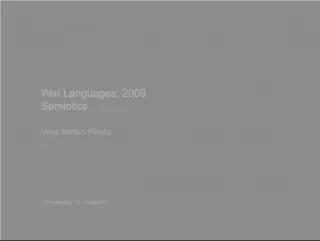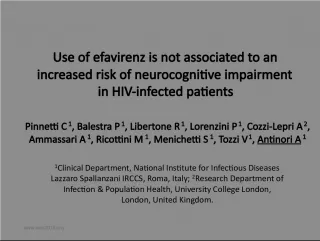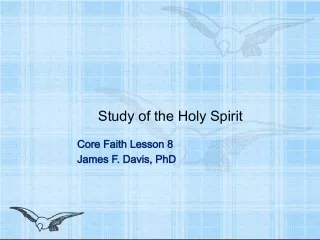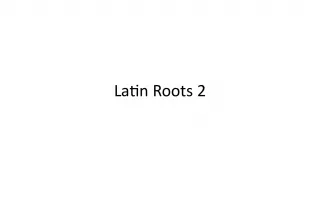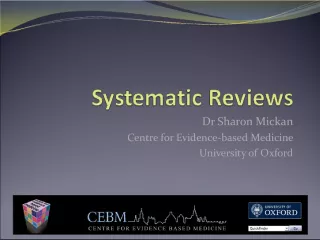Big Ten Graduate Stipends Study


A comparative study of Big Ten graduate student stipends with a focus on IU graduate students, analyzing average stipends by department and the value of tuition waivers and benefits. The study takes into consideration variation in the cost of living and data problems such as the accuracy and consistency of reported data.
- Uploaded on | 2 Views
-
 eden
eden
About Big Ten Graduate Stipends Study
PowerPoint presentation about 'Big Ten Graduate Stipends Study'. This presentation describes the topic on A comparative study of Big Ten graduate student stipends with a focus on IU graduate students, analyzing average stipends by department and the value of tuition waivers and benefits. The study takes into consideration variation in the cost of living and data problems such as the accuracy and consistency of reported data.. The key topics included in this slideshow are . Download this presentation absolutely free.
Presentation Transcript
1. Big Ten SAA Stipends
2. Project Goals Question: Are IU graduate students - in particular AIs and GAs- paid less in comparison to peers at other Big Ten institutions? A comparative study of the Big Ten designed to look at: Average graduate student stipends (preferably by department) And Values of tuition waivers and benefits While taking into consideration variation in the cost of living
3. Data Problems Questions arise about the comparability and accuracy of data along many lines. These include: How much time and effort each school spends on collecting the data How accurate and recent the reported data is Consistency in typology and measurement across institutions
4. Problems with Graduate Stipend Data Many schools have been less than willing to provide data In other cases, responses are slow (if at all) to requests for information Unions have generally provided data, but that means that the source is different than the data collected through the institutions themselves (both of these have their own agendas) Often cannot release the number of students receiving a stipend because of FERPA This impacts our ability to analyze the data As well as leaving out important information as to how many students are funded at a give institution
5. Problems with Benefits Data Have crude number break-down of costs/co- pays at each school Still trying to contact Dan Rives in HR who has (or is?) conducting a comparative study of benefits across the Big Ten Benefits data is important because it is easier to rally around benefits - which are constant across all graduate students - than stipends, which vary widely
6. Problems with Cost-of-Living Data Very few reliable measures These often rely on an initial salary in one city and then compare to another - so always relative And are often based on mortgage rates Can look at each schools estimate - yet IUs is estimated the second highest in the Big Ten at $18,046 (Northwestern is first at $24,111).
7. Pre-Existing Data Miscellaneous sources The Chronicle of Higher Education report for 2003-2004 Salary.com reports an average College Teaching Assistant salary for many cities Purdue Report (Council on Institutional Cooperation) But all of these are problematic And there are many inconsistencies
8. National Research Councils Assessment of Research-Doctorate Programs A survey of Research-Doctorate Programs conducted roughly every 10 years Will theoretically provide all of the graduate stipend information we need (data will be from 2004-2005 And will be available to us when it is released in early October - November Yet, some hesitations about variation in the quality of the data across institutions But would allow us to look at peer institutions as well as the Big Ten
9. Association of American Universities Data Exchange (AAUDE) Has recently started gathering data on graduate stipends But all data must be blind to other institutions because of confidentiality agreements And cannot be provided at the departmental level for other institutions Aggregates are problematic as the programs under consideration at each school varies substantially I.e. Indianas Medical school and School of Public Health are both located on the IUPUI campus, whereas they are on the flagship campus at Ohio State, Wisconsin, Minnesota, etc.
10. Data that we do have has been collected from: Unions Administrators AAUDE Information that is available online (I.e. the value of tuition waivers is readily reported by schools) GEO (crude data on health care benefits in the Big Ten)
11. AAUDE Data for Big Ten Schools
12. Tentative Comparisons
13. Trends from this data Yes, we do appear to be paid less But the disparity is greater in the Arts and Humanities and Social Sciences than in the Hard Sciences However, the data we have is probably not going to pass close inspection by anyone familiar with statistics because of many of the problems outlined above
14. Recommendations There is evidence that this is worth pursuing And these questions can explore that in more depth/with more accuracy when the NRC data is published later this fall Or can do a less in-depth report, such as one compiled by Wisconsin faculty in 2005 which offered selective examples of the disparity In this report, they used readily available data in select disciplines, such as Mathematics or English And paired this with survey information from department chairs and faculty members at their own institution





